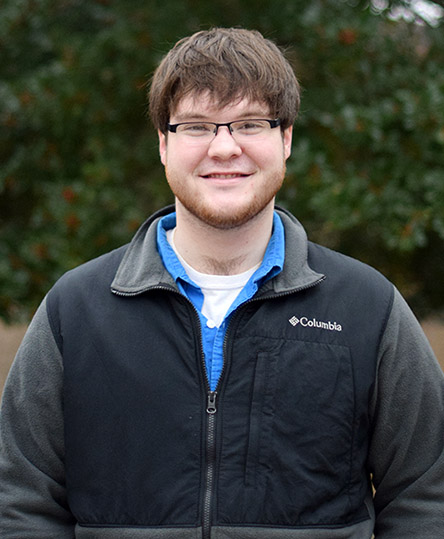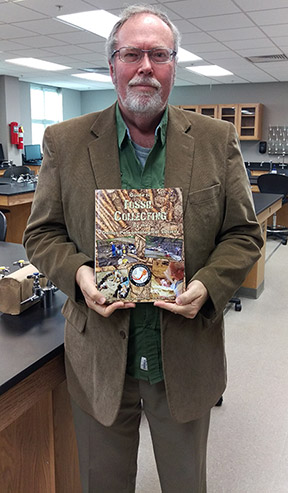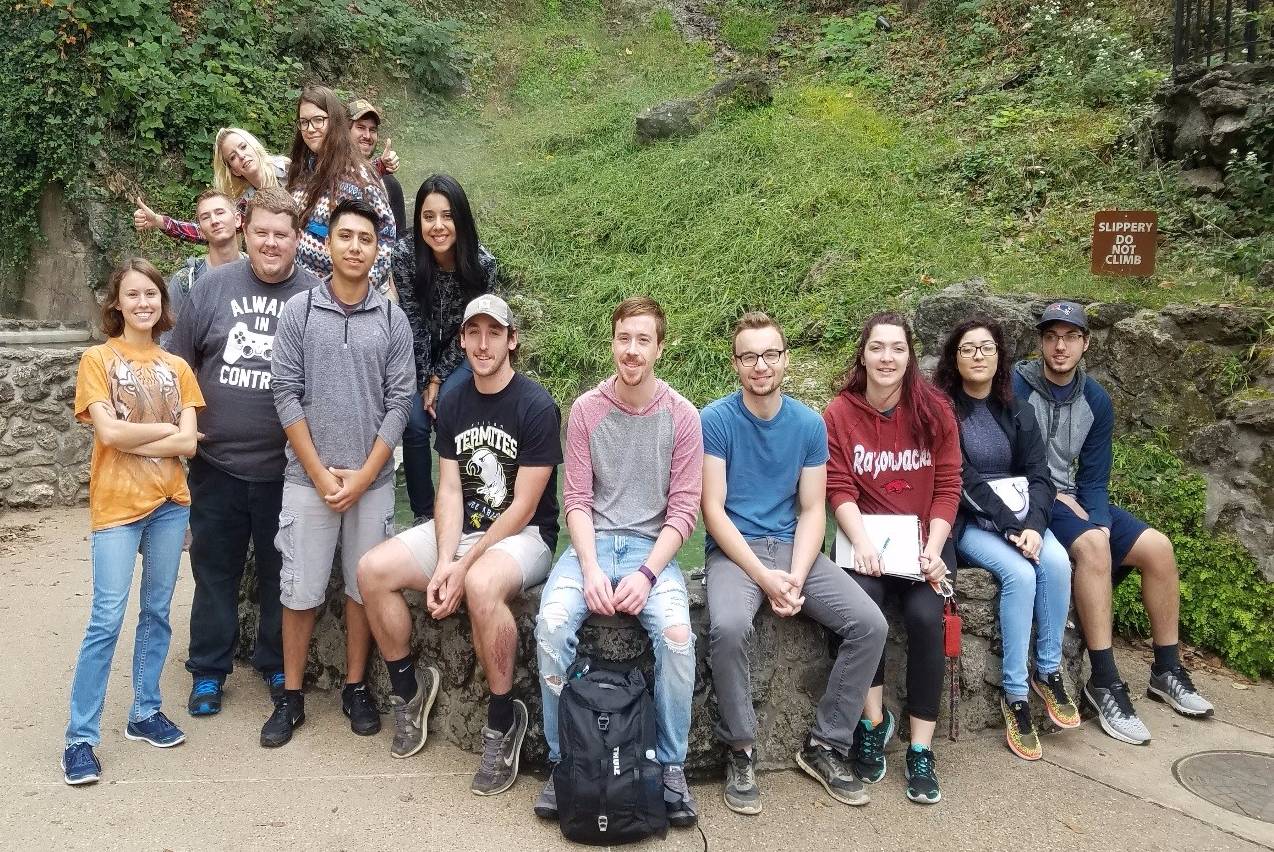Kolp Selected As December Student of the Month
December 14, 2016Hot Springs, Arkansas – Fredrick Kolp was selected as the National Park College (NPC) December Student of the Month. He is completing his Associate of Science degree in Engineering and will transfer to Arkansas Tech University in January to work toward a bachelor’s degree in Mechanical Engineering. “Fred’s personal strengths are as impressive as his aptitude in Math and Science. He is an active, outgoing presence in class with a great sense of humor,” said instructor, Paula Welch. “He is the perfect student to get a group project rolling, but also knows how to sit back and let others take the lead. His openness to feedback exemplifies his ability to be a lifelong learner, an asset that will continue to serve him well in college and beyond. Fred is one of the most driven and career focused students in the engineering program.”




